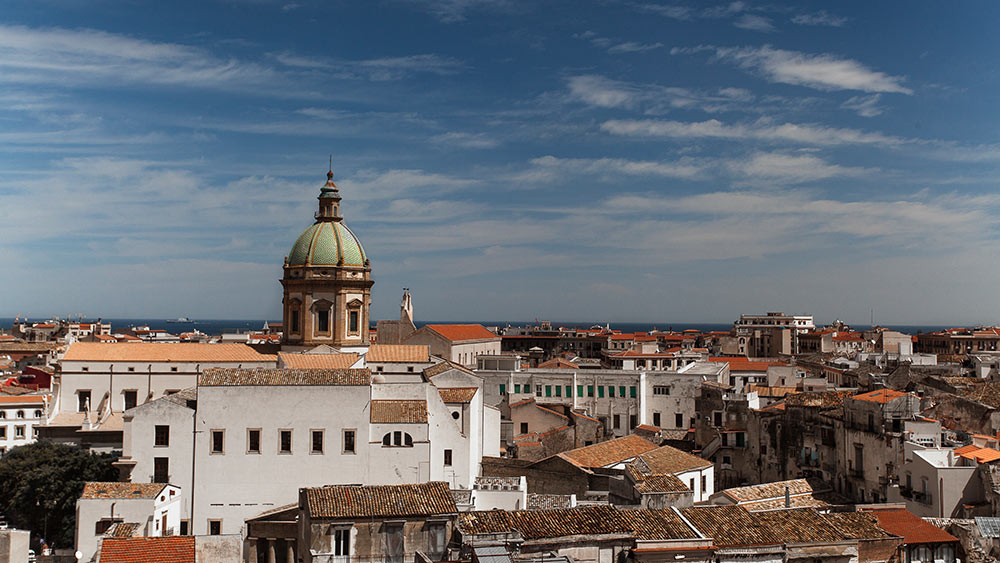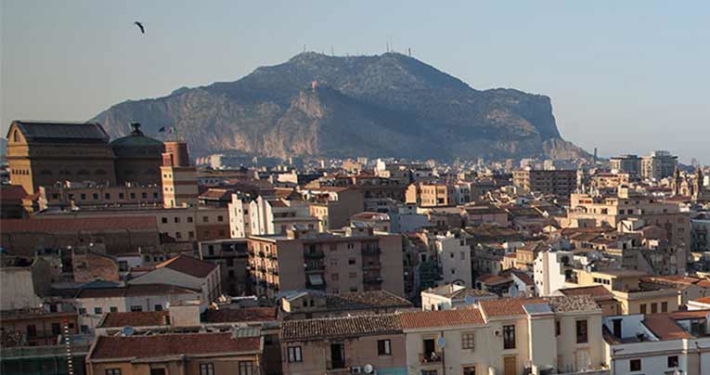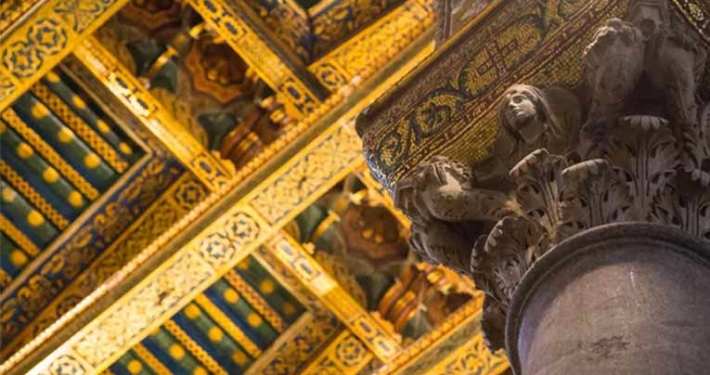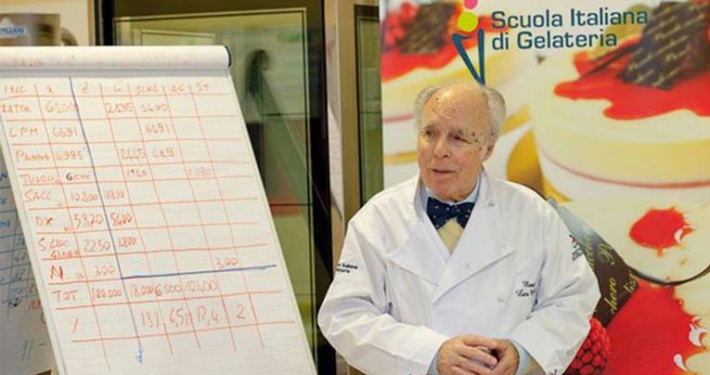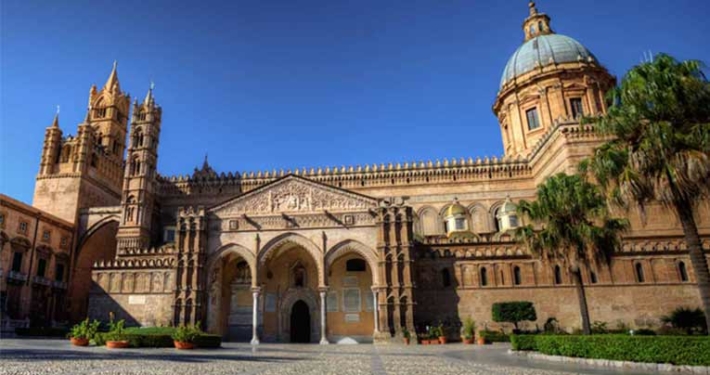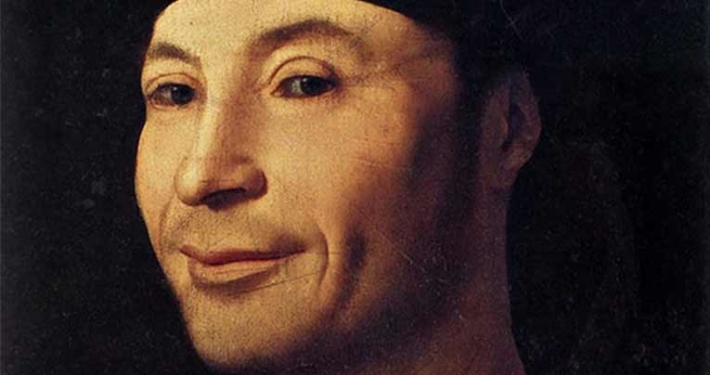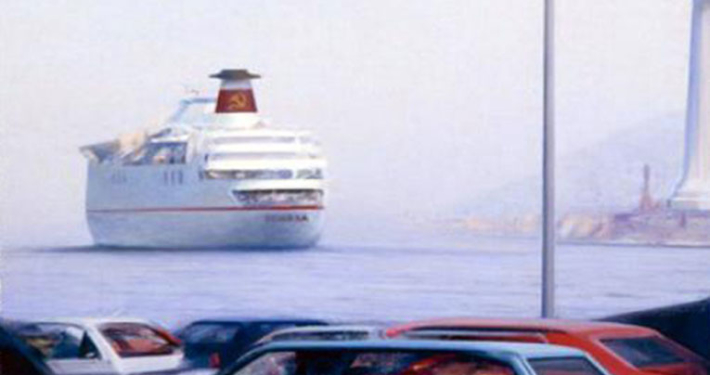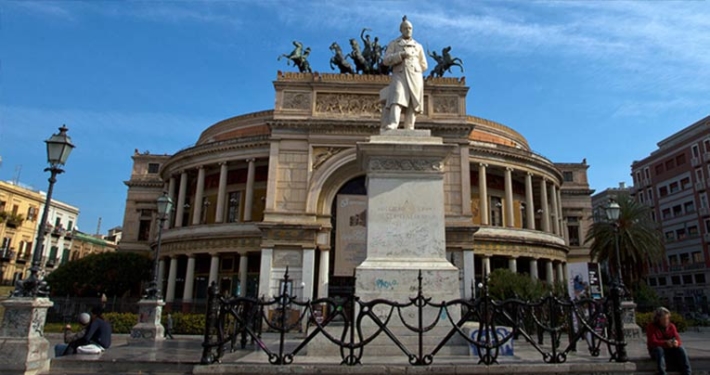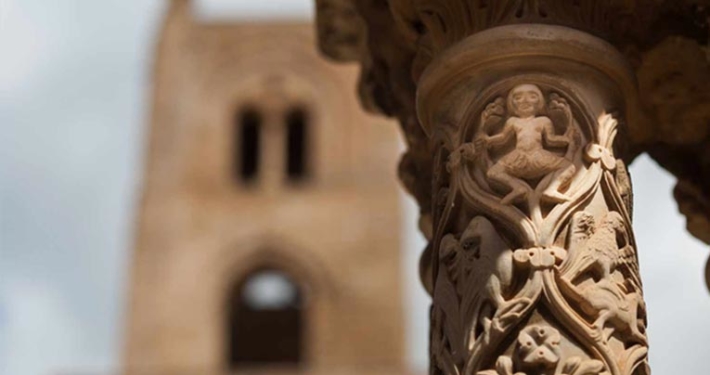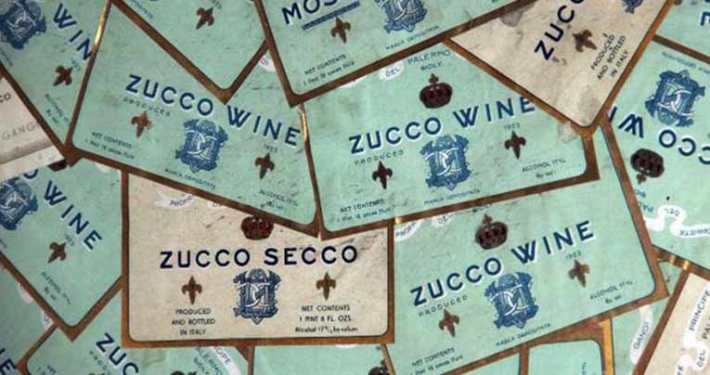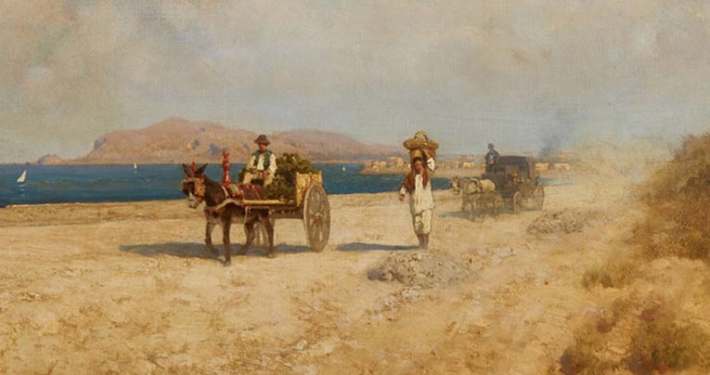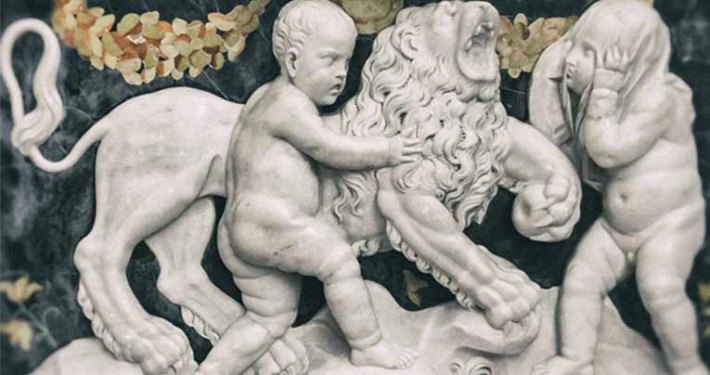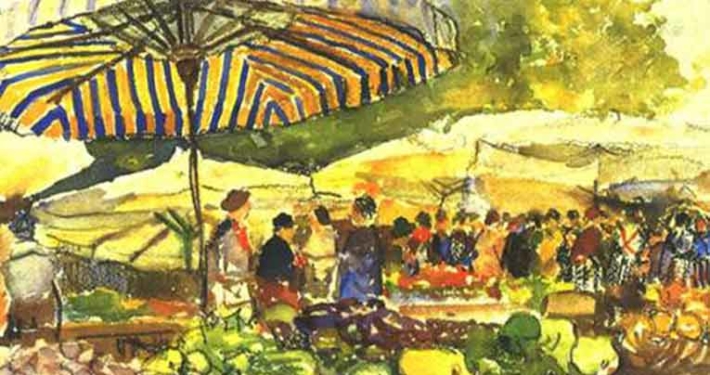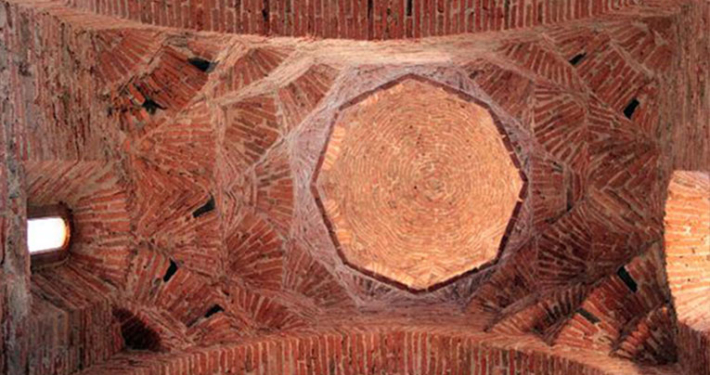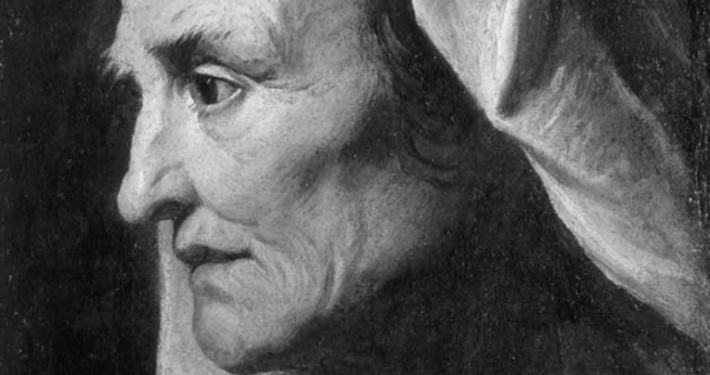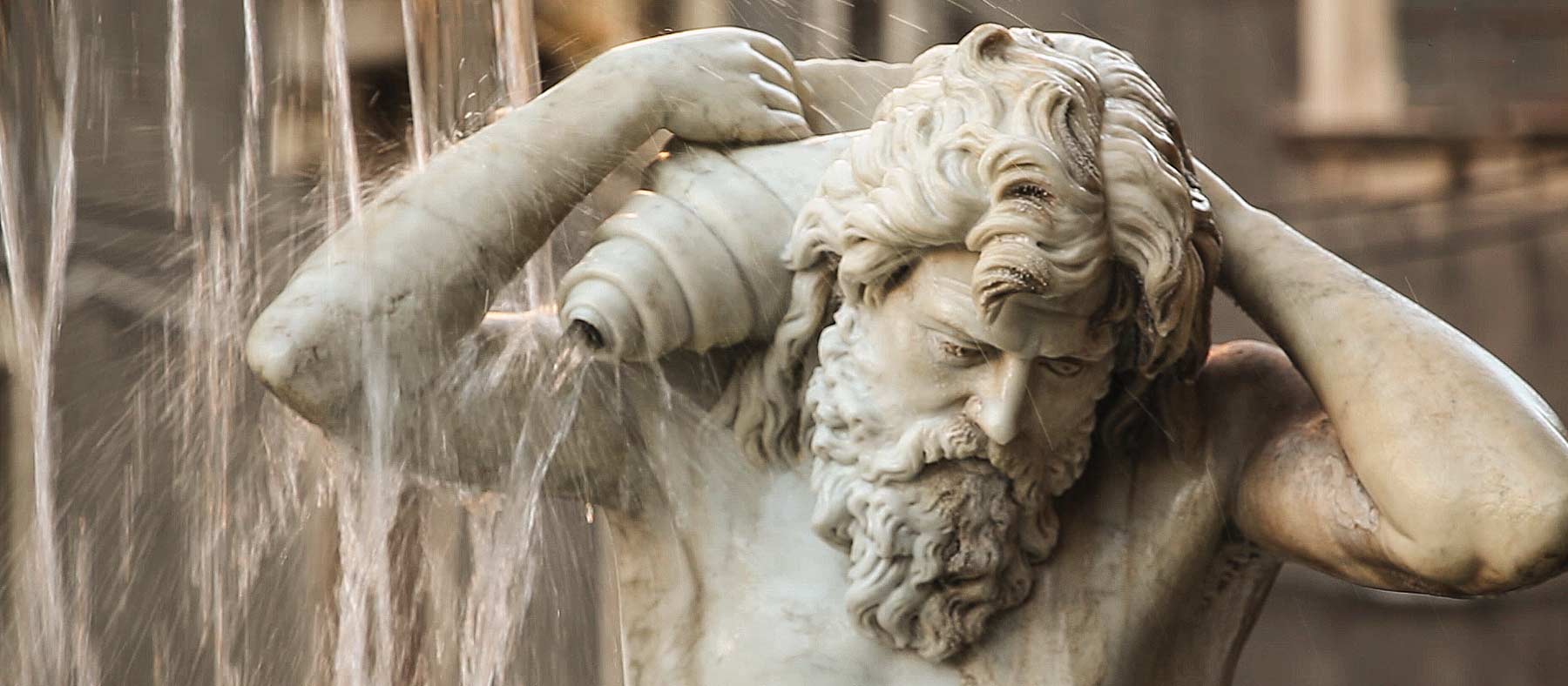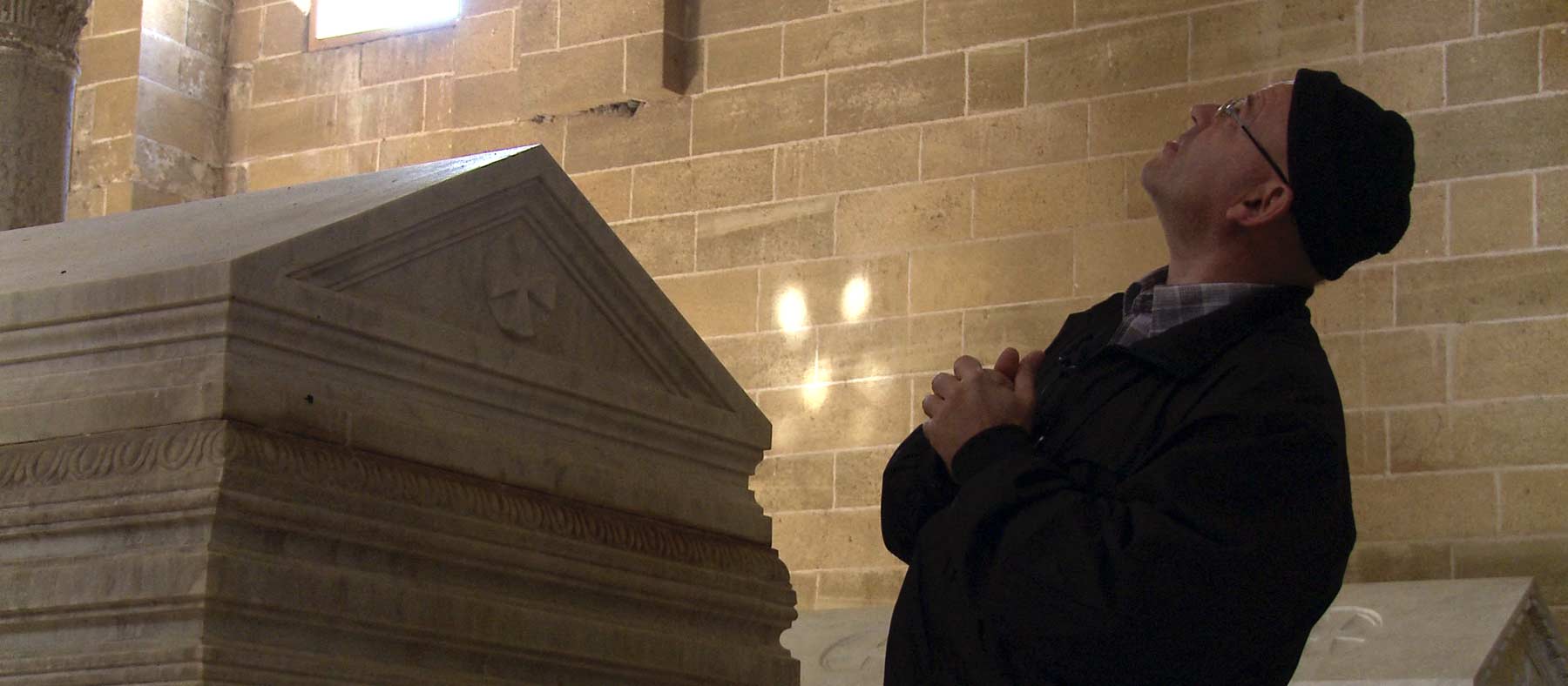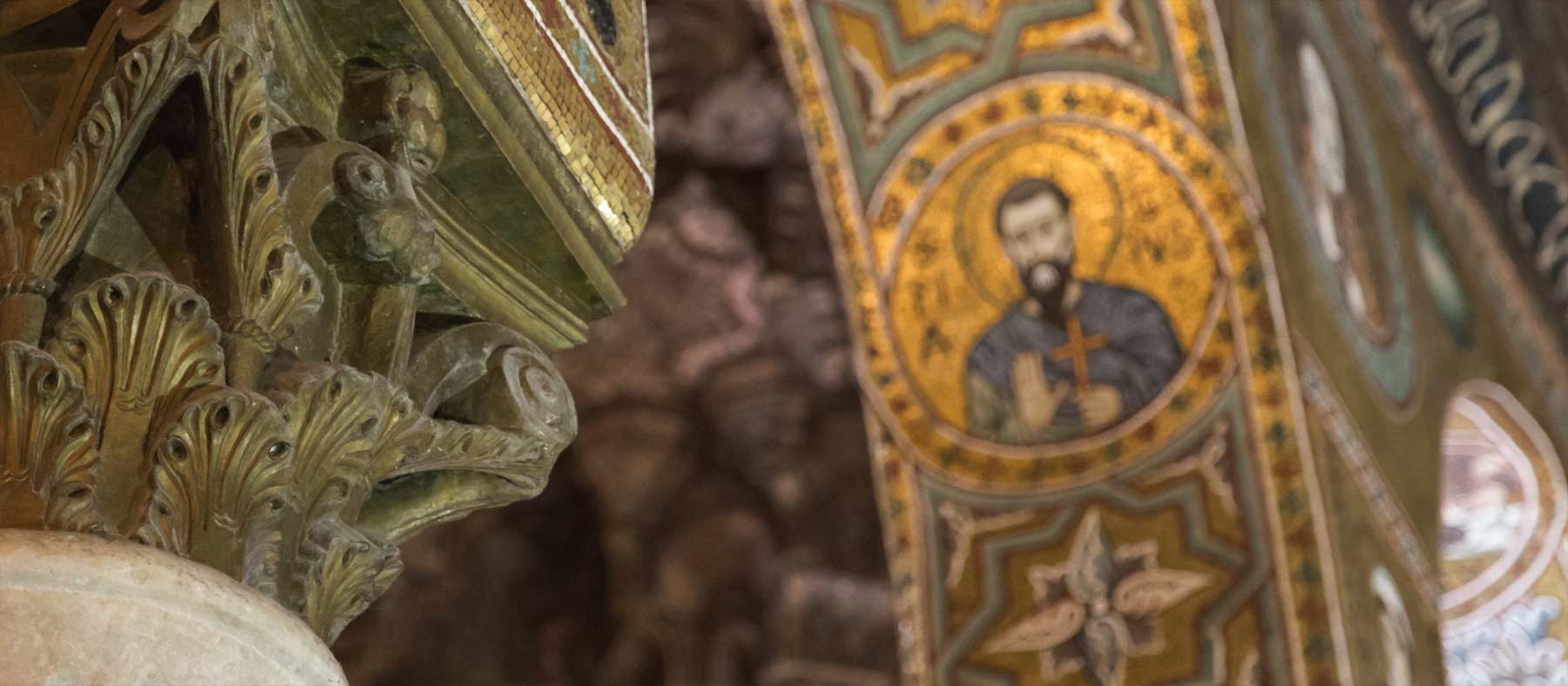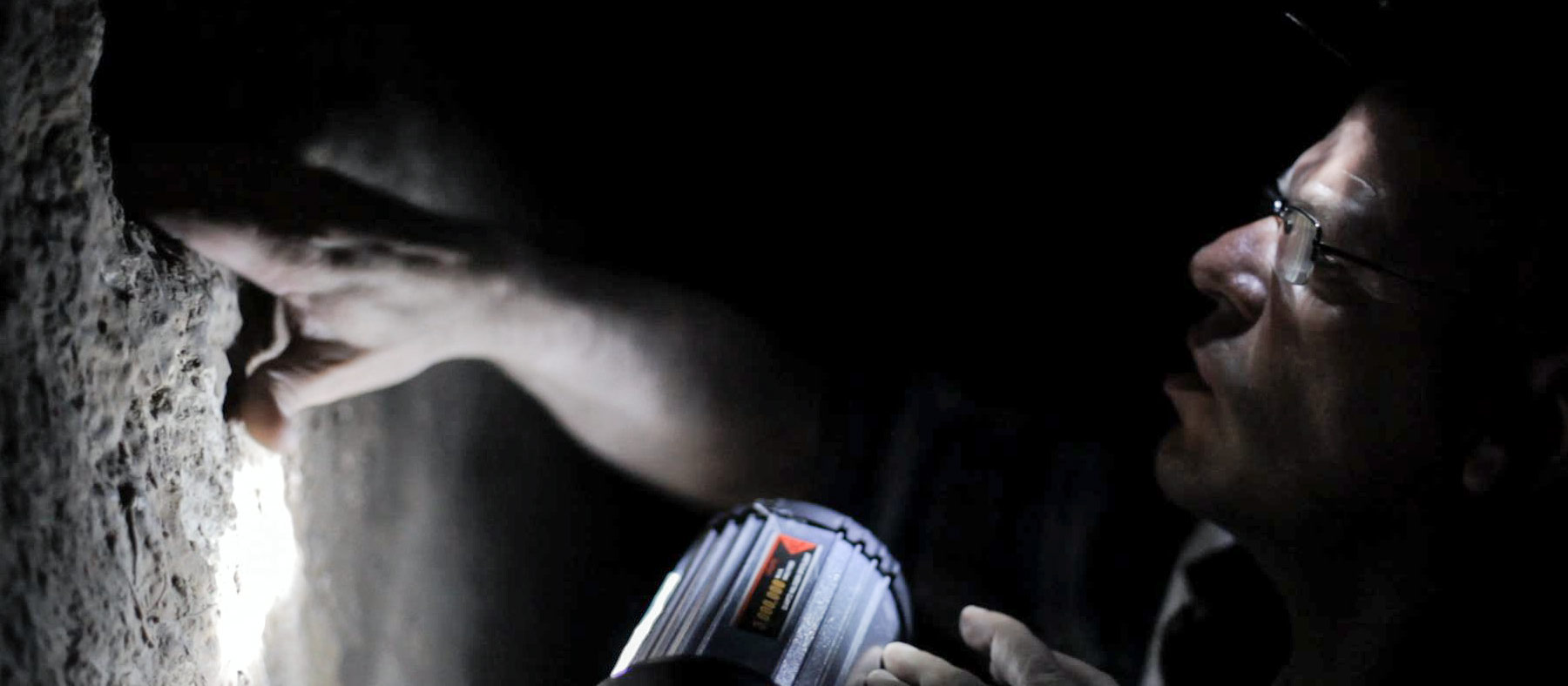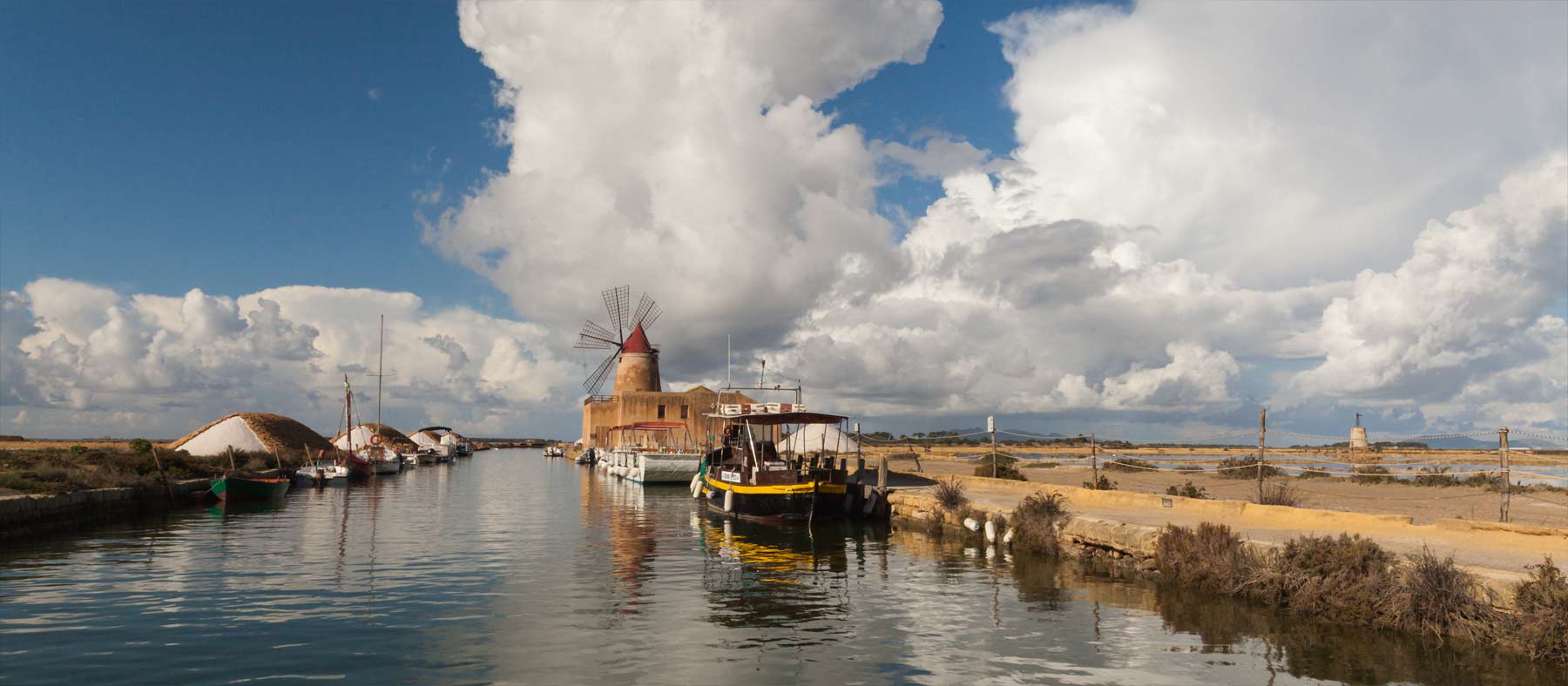At the Casa Professa, the little child enters the church in all its glory of Light, not created but intrinsic to the nature of God, an increated Light, so to speak. And this Light reaches its peak in the South, with the allegory of the Holy Trinity, the true goal of the journey along the sacred axis of the church. In this precise position, the Light IN GOD at its Christian apex embraces the physical position of the sun as a celestial body at its apogee, noon full South, a dazzling union between the Divine and His Creation, between God and Humanity.

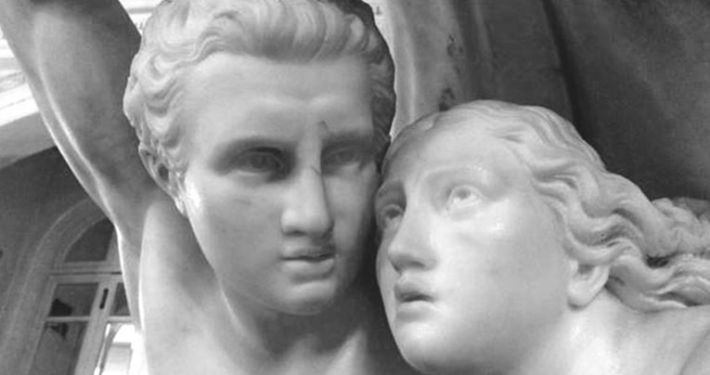 https://www.jeanpaulbarreaud.com/wp-content/uploads/2020/04/JPB-blog-Valerio-Villareale-anteprima.jpg
404
765
Alessio Algeri
https://www.jeanpaulbarreaud.com/wp-content/uploads/2020/04/JPB-logo.png
Alessio Algeri2020-04-17 08:50:592023-01-25 18:20:18Valerio Villareale and his school (1773-1854)
https://www.jeanpaulbarreaud.com/wp-content/uploads/2020/04/JPB-blog-Valerio-Villareale-anteprima.jpg
404
765
Alessio Algeri
https://www.jeanpaulbarreaud.com/wp-content/uploads/2020/04/JPB-logo.png
Alessio Algeri2020-04-17 08:50:592023-01-25 18:20:18Valerio Villareale and his school (1773-1854)
